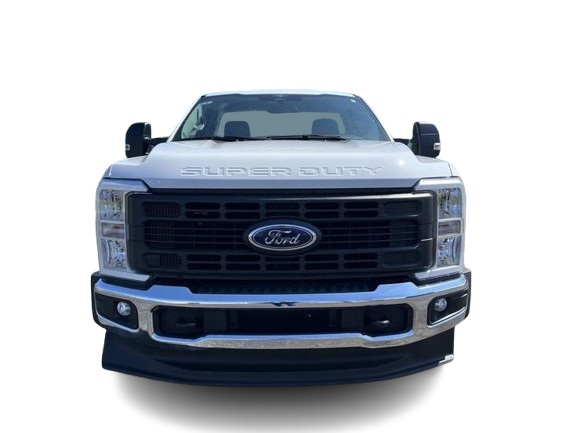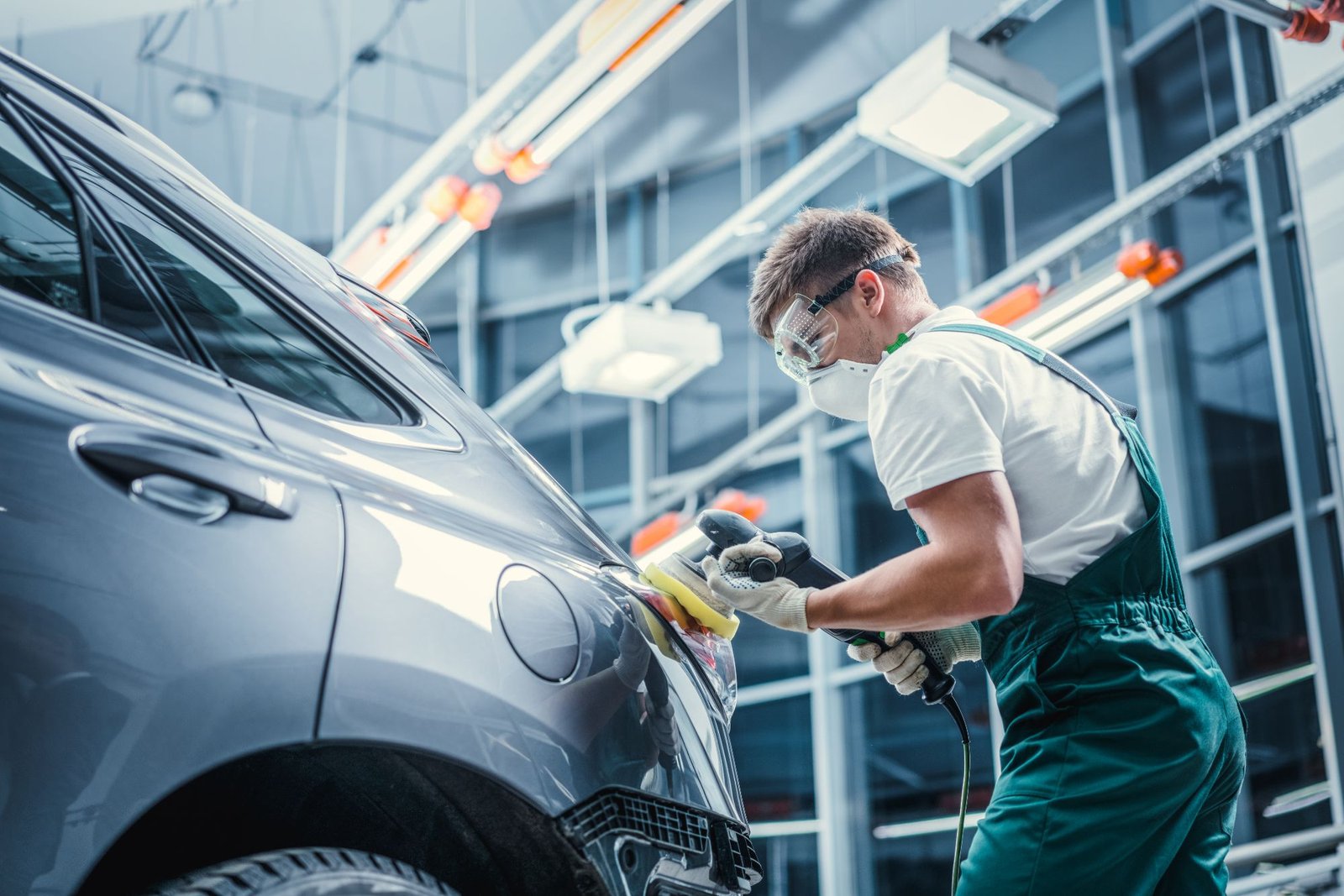
The Future of Automotive Technology: What to Expect in the Next Decade
- ⑊
- on
- ⑊
- No Comments

The automotive industry is rapidly evolving, driven by technological advancements and changing consumer demands. This guide explores the key trends and innovations in automotive technology that we can expect to see in the next decade.
1. Electric Vehicles (EVs)
As environmental concerns grow, the shift towards electric vehicles is gaining momentum. Expect:
- Increased Adoption: More manufacturers will expand their electric lineups, making EVs more accessible to consumers.
- Improved Battery Technology: Innovations in battery technology will lead to longer ranges and faster charging times, addressing common consumer concerns.
2. Autonomous Driving
The development of autonomous vehicles is set to transform transportation. Key advancements will include:
- Level 4 and 5 Automation: Expect vehicles that can operate without human intervention in specific conditions, enhancing safety and convenience.
- Integration of AI: Artificial intelligence will play a crucial role in navigation, obstacle detection, and decision-making processes for self-driving cars.
3. Connected Vehicles
The rise of connected car technology will enhance the driving experience through:
- Vehicle-to-Everything (V2X) Communication: Cars will communicate with each other, infrastructure, and even pedestrians, improving safety and traffic management.
- Real-Time Data Sharing: Connected vehicles will provide drivers with real-time updates on traffic, weather, and road conditions, enhancing navigation and safety.
4. Advanced Driver Assistance Systems (ADAS)
Expect continued advancements in ADAS that offer features such as:
- Adaptive Cruise Control: Enhancing convenience and safety during long drives.
- Lane-Keeping Assist: Helping drivers maintain proper lane positioning, reducing accidents caused by driver distraction.
5. Sustainable Materials
The automotive industry will increasingly focus on sustainability, leading to:
- Eco-Friendly Materials: Manufacturers will utilize recycled and sustainable materials for vehicle production, reducing the environmental impact.
- Lightweight Construction: Innovations in materials will lead to lighter vehicles, improving fuel efficiency and performance.
6. Augmented Reality (AR) in Vehicles
AR technology is expected to enhance the driving experience through:
- Heads-Up Displays (HUDs): Providing essential information directly on the windshield, allowing drivers to stay informed without distraction.
- Navigation Assistance: AR can overlay navigation directions onto the real-world view, making it easier for drivers to follow routes.
7. Enhanced Safety Features
Safety will remain a top priority, with advancements such as:
- Automatic Emergency Braking: Vehicles will increasingly feature systems that detect potential collisions and apply brakes automatically.
- 360-Degree Cameras: Enhanced visibility around the vehicle will help prevent accidents during parking and low-speed maneuvers.
Latest posts


Top 10 Must-Have Tools for DIY Car Maintenance

How to Identify the Right Replacement Parts for Your Vehicle

Common Car Problems and How to Fix Them
Subscribe
Explore More
Related posts

The latest innovations in auto parts: what you need to know
Sed posuere consectetur est at lobortis lorem ipsum nulla vitae elit libero, a pharetra augue.

How to maintain your vehicle parts for longevity
Sed posuere consectetur est at lobortis lorem ipsum nulla vitae elit libero, a pharetra augue.

Oem parts vs. Aftermarket parts: which is better?
Sed posuere consectetur est at lobortis lorem ipsum nulla vitae elit libero, a pharetra augue.

